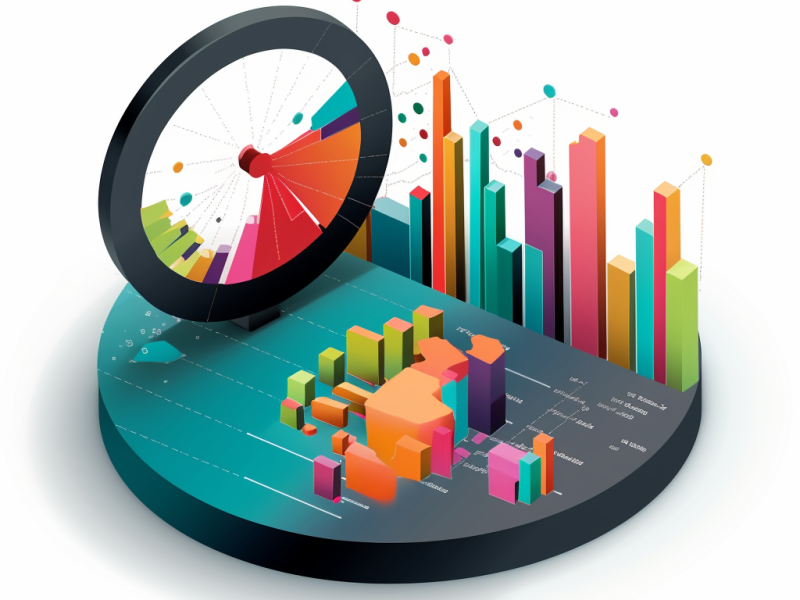Edge analytics is a powerful approach that involves performing data analysis at the edge of the network, close to where the data is generated. This paradigm shift in data processing offers numerous benefits and enables new possibilities in various domains, particularly in the Internet of Things (IoT) and real-time applications. In this blog post, we will explore the key aspects of edge analytics and its impact on modern data-driven systems.
Benefits of Edge Analytics
One of the primary advantages of edge analytics is reduced latency. By processing data at the edge, near the data source, the need to transmit large volumes of raw data to a central server is eliminated. This reduction in data transmission leads to faster response times and improved real-time decision-making capabilities.
Edge analytics also enhances data privacy and security. Sensitive data can be processed locally, minimizing the risk of exposure during transmission and storage in centralized servers. Additionally, edge analytics enables better scalability by distributing the computational load across multiple edge devices, reducing the burden on central infrastructure.
IoT Use Cases
The Internet of Things (IoT) is a prime beneficiary of edge analytics. IoT devices generate massive amounts of data, and processing this data at the edge offers significant advantages. For example, in industrial IoT scenarios, edge analytics can enable predictive maintenance by analyzing sensor data in real-time, detecting anomalies, and triggering proactive measures to prevent equipment failures.
In smart cities, edge analytics can optimize traffic management by processing data from traffic sensors and cameras at the edge, enabling real-time traffic flow optimization and reducing congestion. Similarly, in healthcare, edge analytics can facilitate remote patient monitoring, allowing for immediate analysis of vital signs and triggering alerts in case of emergencies.
Real-time Data Processing
Edge analytics excels in real-time data processing scenarios. By analyzing data as it is generated, edge analytics enables instant insights and actions. This is particularly crucial in applications such as autonomous vehicles, where split-second decisions based on real-time sensor data are essential for safety and navigation.
In manufacturing, edge analytics can enable real-time quality control by analyzing production line data and identifying defects or deviations in real-time. This allows for immediate corrective actions, reducing waste and improving overall efficiency.
Edge Computing Architecture
To support edge analytics, a robust edge computing architecture is necessary. Edge computing involves deploying computational resources, such as edge servers or gateways, close to the data sources. These edge devices are equipped with processing power, storage, and connectivity to perform data analysis tasks locally.
The edge computing architecture often follows a hierarchical model, with edge devices at the lowest level, followed by intermediate layers for aggregation and further processing, and finally, the cloud or central servers at the top level for global analytics and long-term storage.
Challenges and Considerations
While edge analytics offers numerous benefits, it also presents certain challenges and considerations. One challenge is the limited computational resources available at the edge compared to centralized servers. This requires careful optimization of algorithms and models to ensure efficient execution on resource-constrained edge devices.
Data synchronization and consistency between edge devices and central servers is another consideration. Mechanisms for selective data transmission and synchronization need to be implemented to ensure data integrity and avoid conflicts.
Additionally, edge analytics raises security concerns, as edge devices may be more vulnerable to physical tampering and cyber threats. Robust security measures, including encryption, authentication, and secure communication protocols, must be implemented to protect the edge infrastructure.
Conclusion
Edge analytics represents a transformative approach to data processing, bringing intelligence closer to the data source. By enabling real-time insights, reduced latency, enhanced privacy, and scalability, edge analytics unlocks new possibilities in various domains, including IoT, real-time applications, and more.
As the volume and velocity of data continue to grow, edge analytics will play an increasingly crucial role in harnessing the power of data and driving innovation across industries. Embracing edge analytics and building robust edge computing architectures will be key to staying competitive in the data-driven landscape of the future. Transform your data processing with edge analytics. Get in touch with us today.

